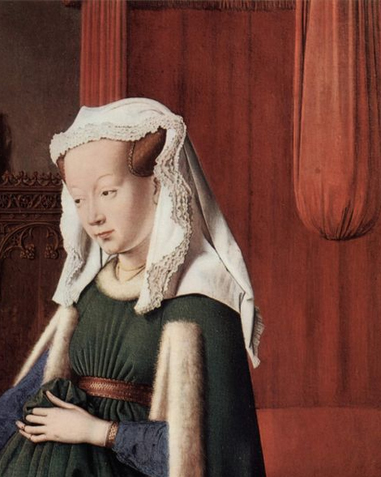Medieval Makeup
By BarbaraAnne:
Italy brought the art of cosmetics to France.
In 1190, King Philippe-Auguste created rules delegating certain colors of clothing and makeup only to upper-class women. A cosmetic maker followed the king’s decree to get his license. Makeup’s aim was to clarify and whiten the skin with lipsticks, powders, and fragrances. Women hired artists to paint their hands face and neck. However, people rarely washed.
In the 15th Century, seeing blood vessels in the face was considered beautiful. This would have been made difficult by a plaster-thick layer of white medieval makeup. So the veins were drawn on for a translucent look. Powder often stayed in place for several days. Needless to say, hygiene had not been imagined yet, and warts appeared on faces like volcanoes on early Earth. Women covered them with black silk patches.
In the 17th Century, makeup artists applied powder mixed with egg fiber, which made it thicker. Two hundred years later, women wore superimposed eyebrows, made with sliced mouse rinds.
My favorite part is that a marriage could be annulled if a woman attracted a man with deceit, using blush, powder, false teeth, whitewash, wigs, and lipstick. She would then be tried for sorcery.
We should be quite thankful that in the 21st Century, hygiene IS beauty.
We have face creams, bath oil
, hypoallergenic cosmetics
, organic soaps
, and perfume
.
I certainly love European fashion in past centuries, but I’d rather have my bathroom.
Filed under: Style

